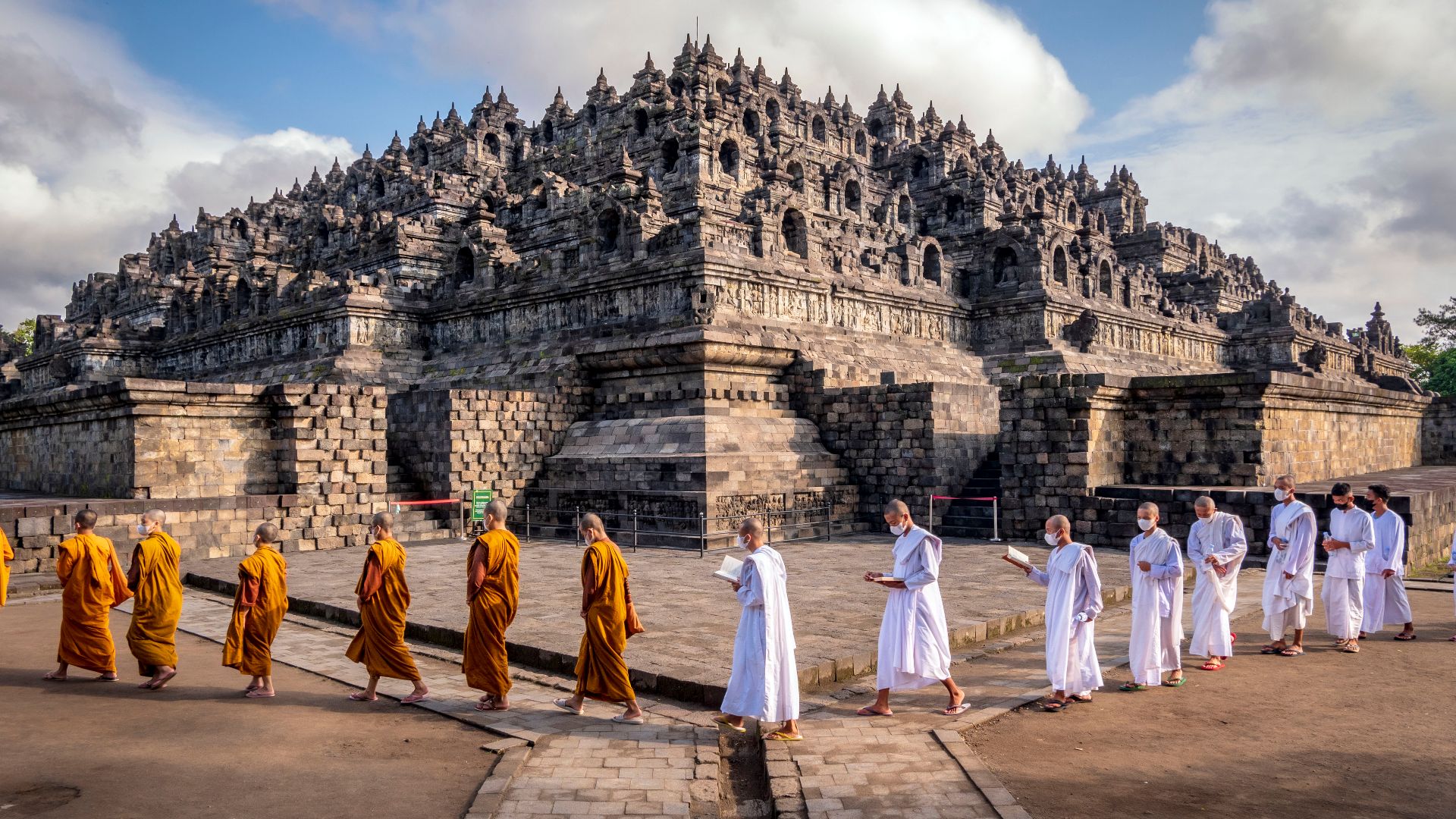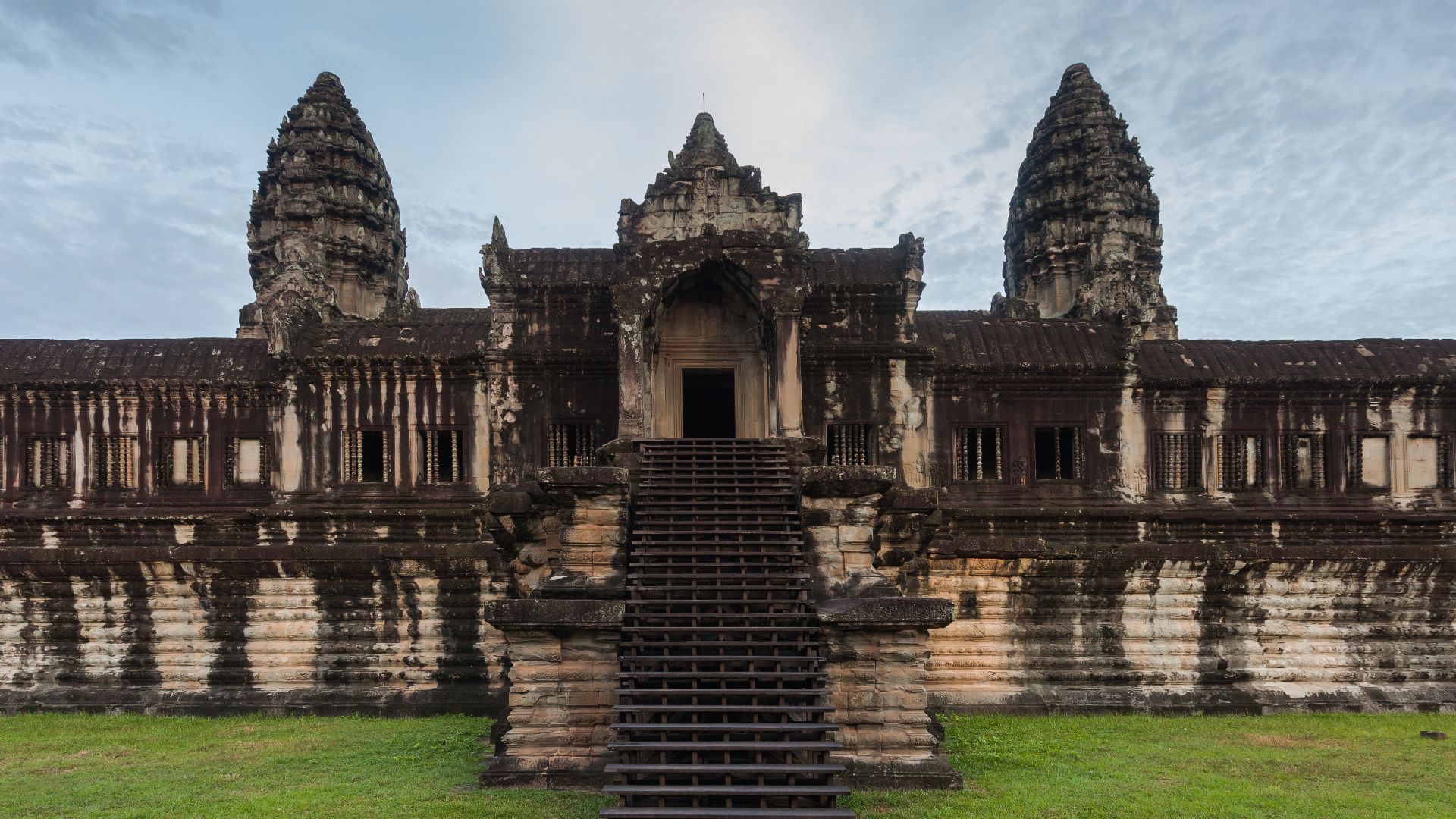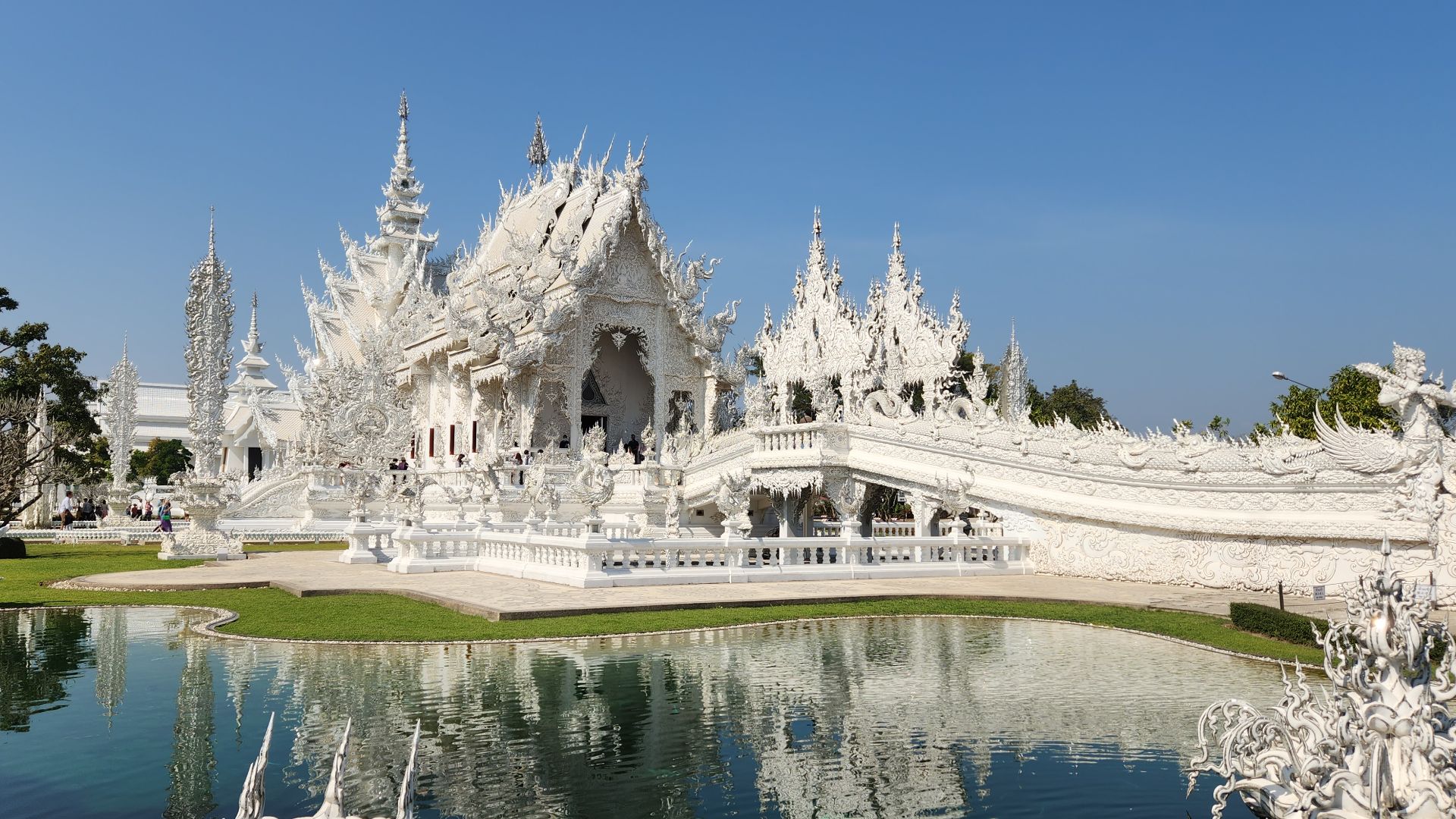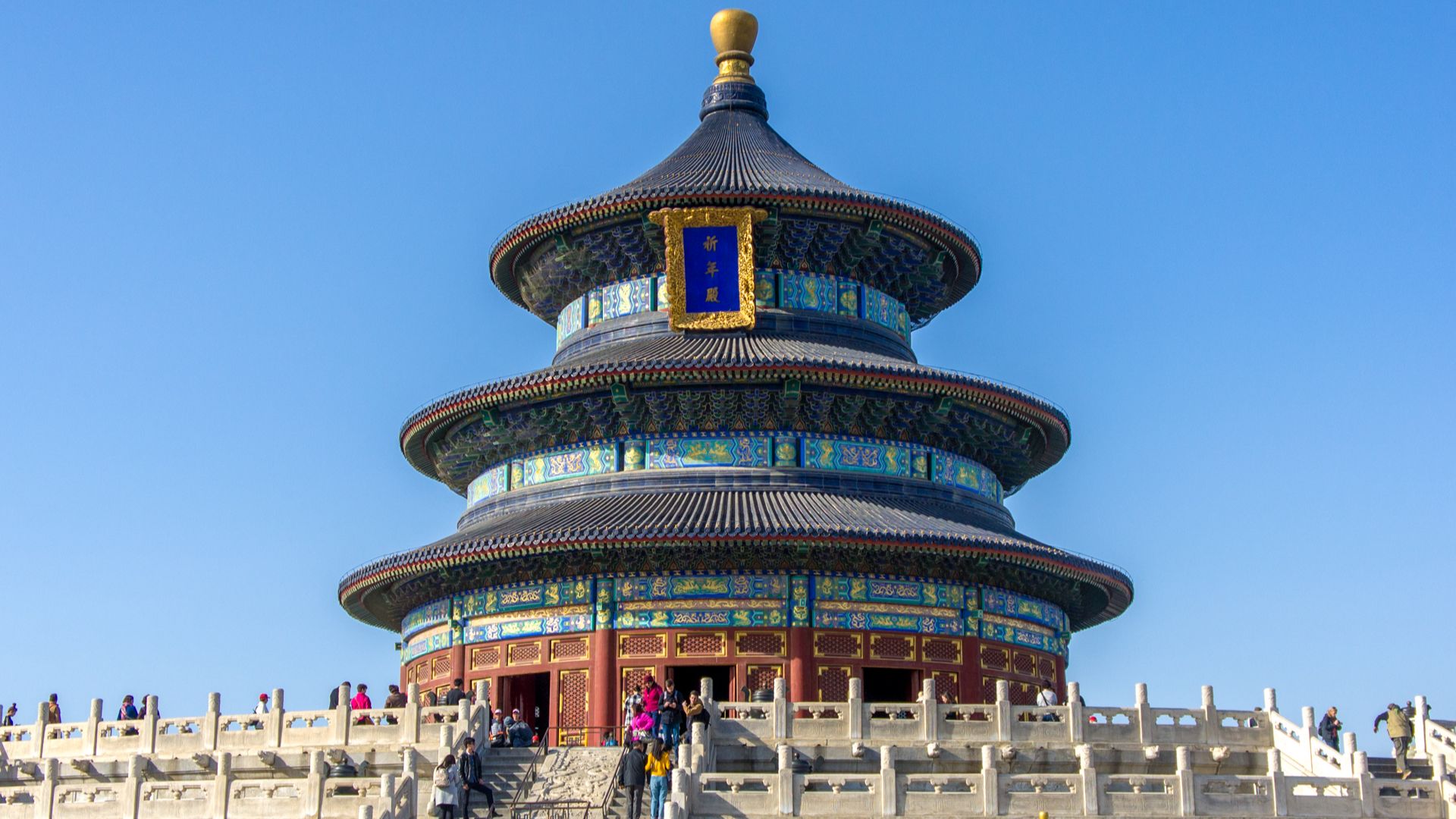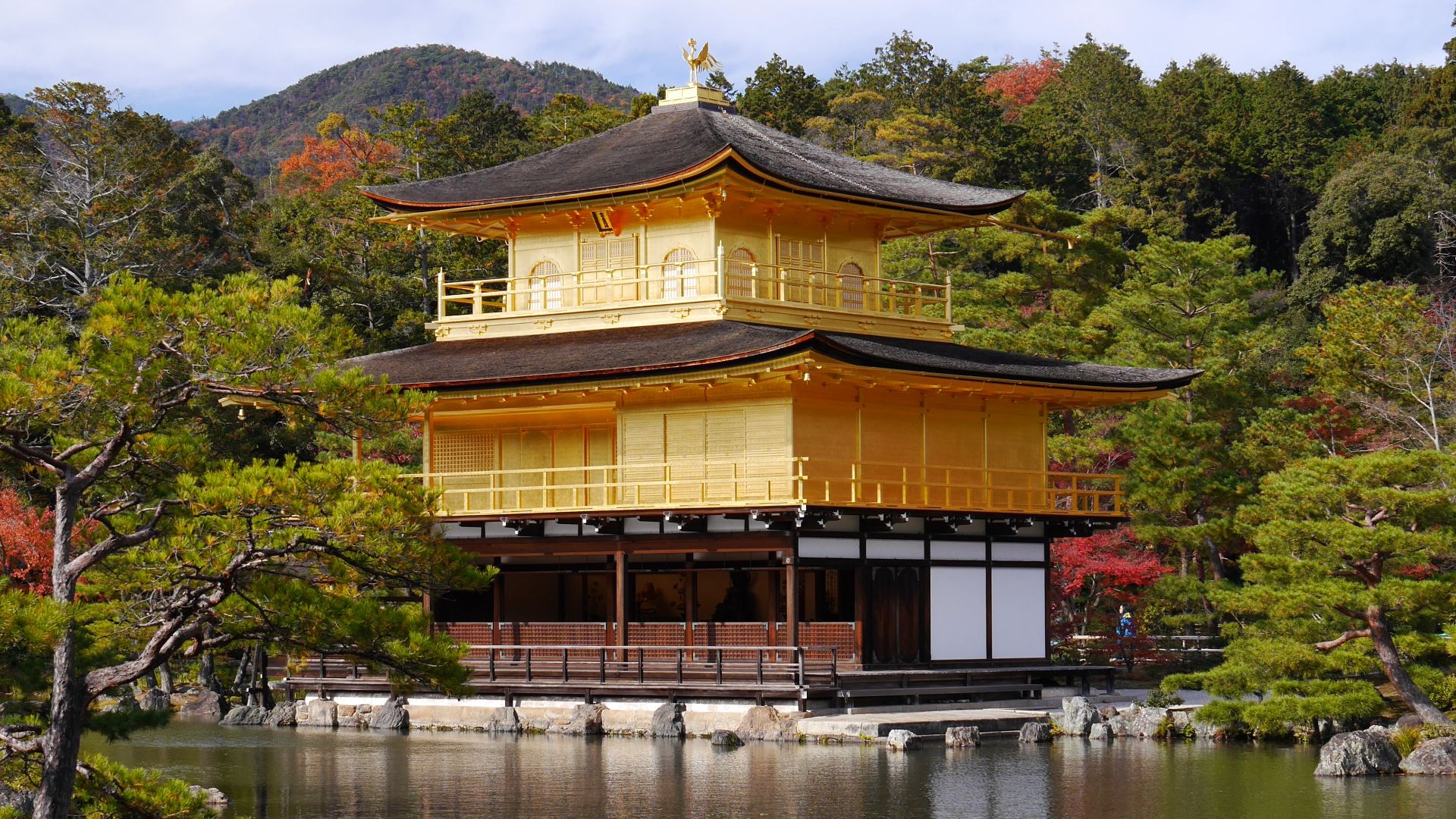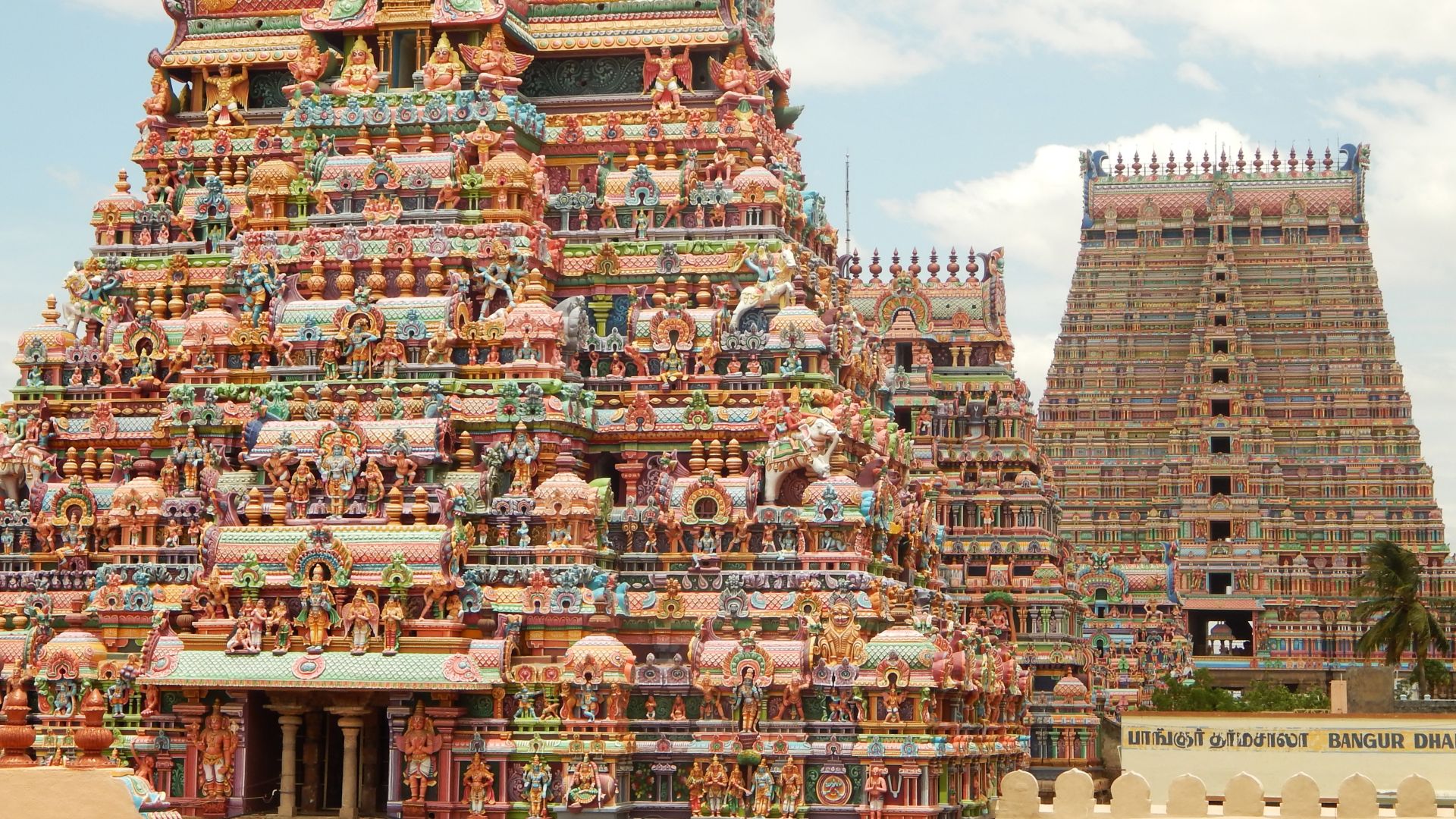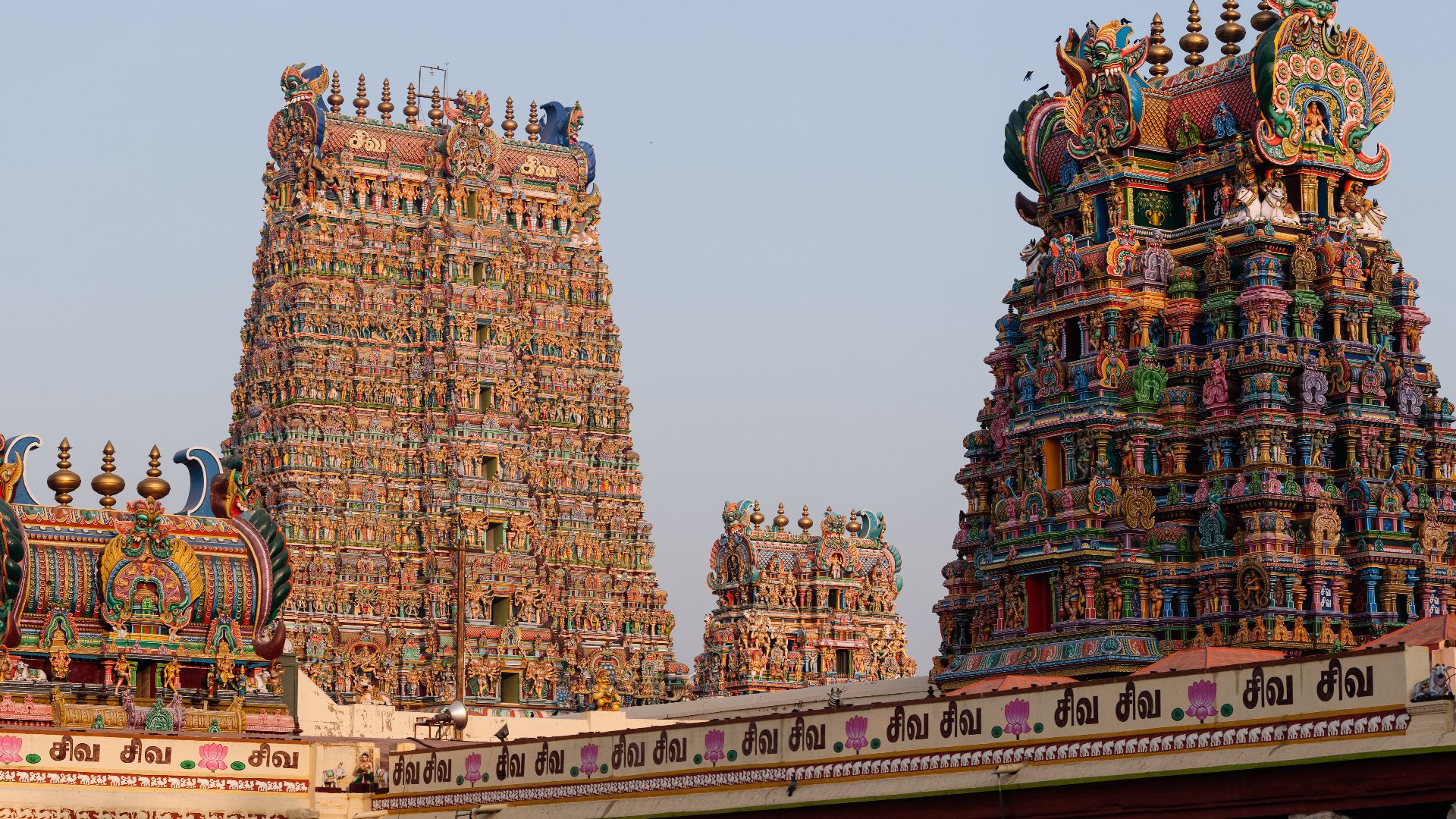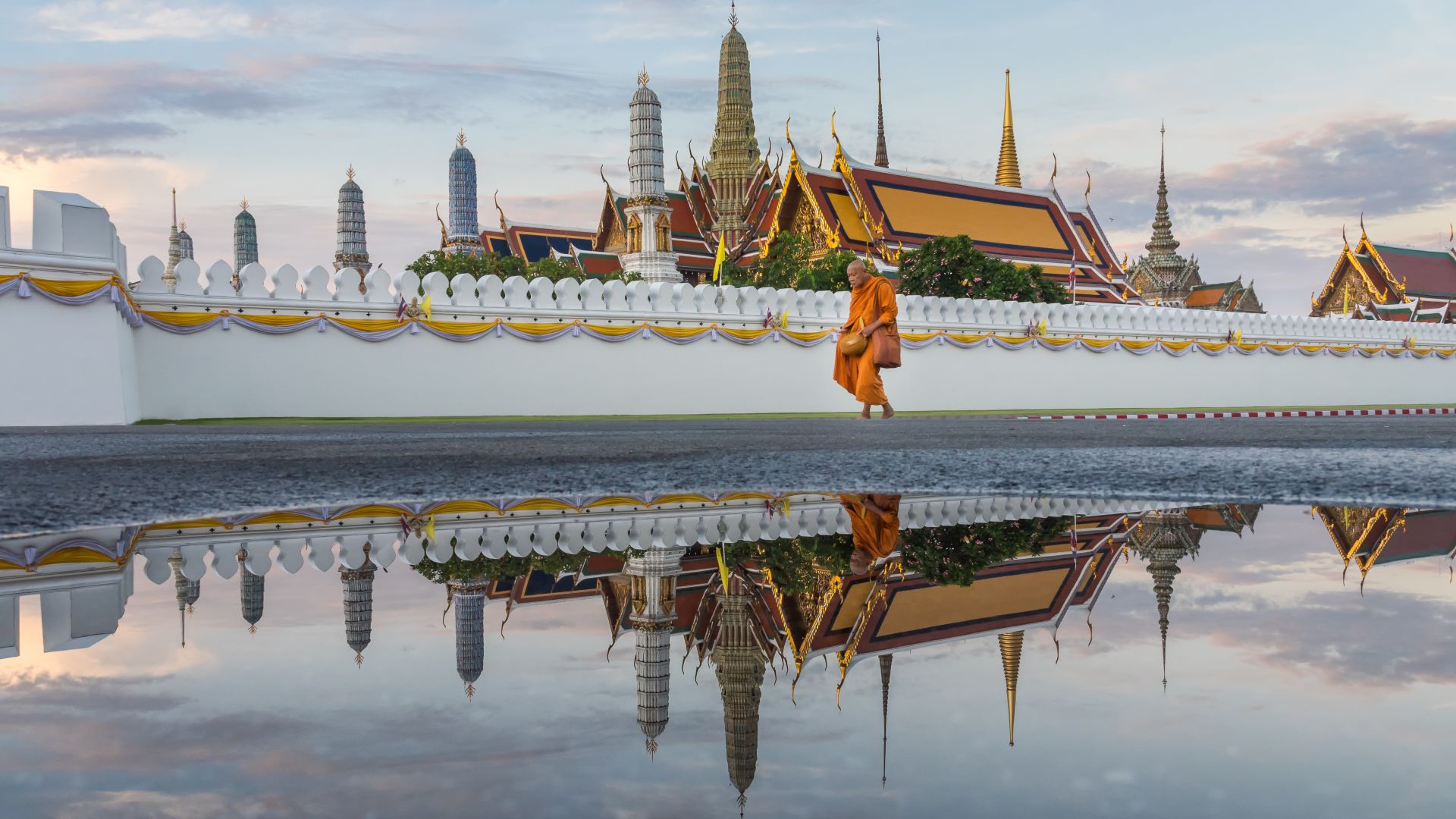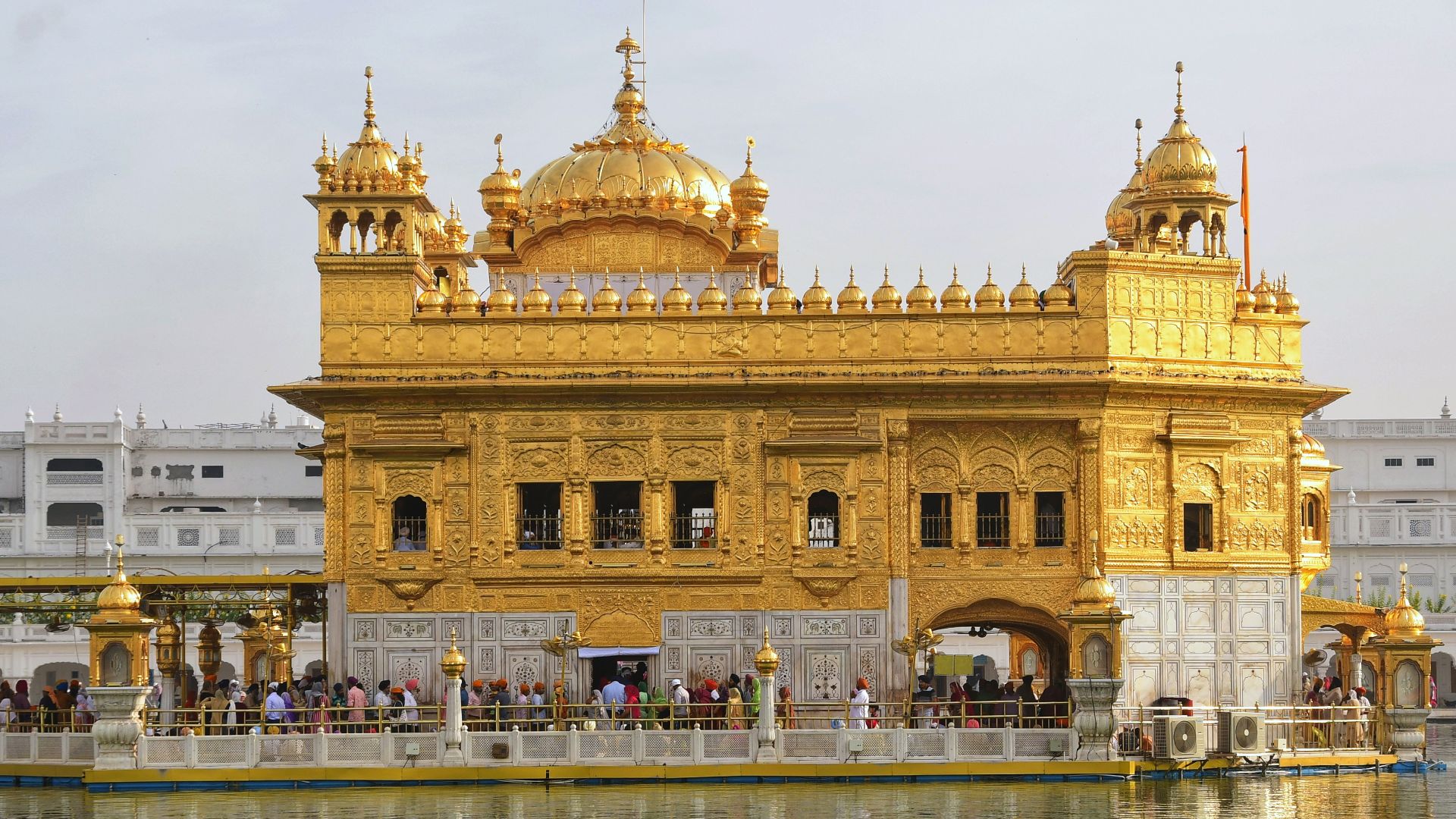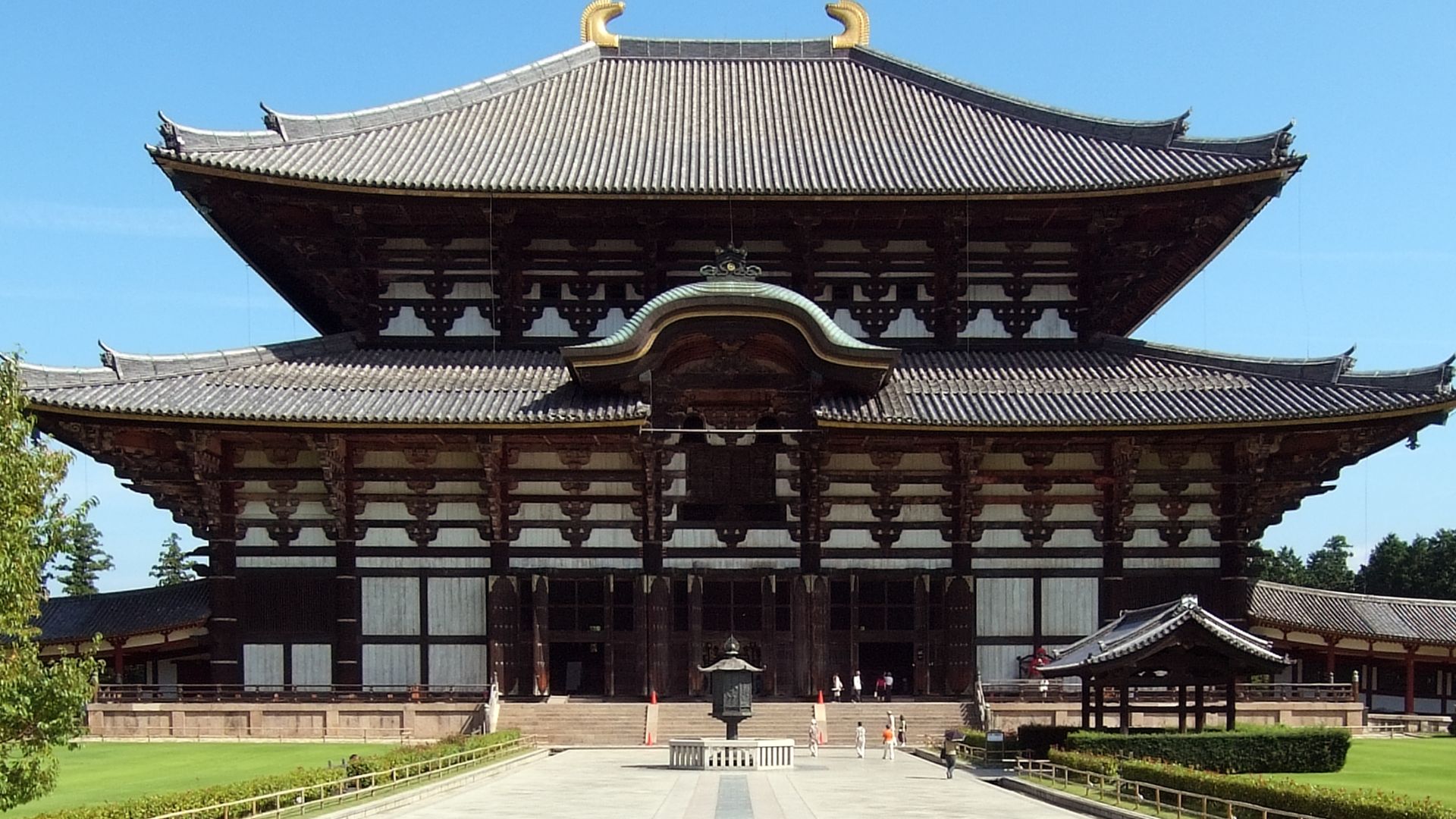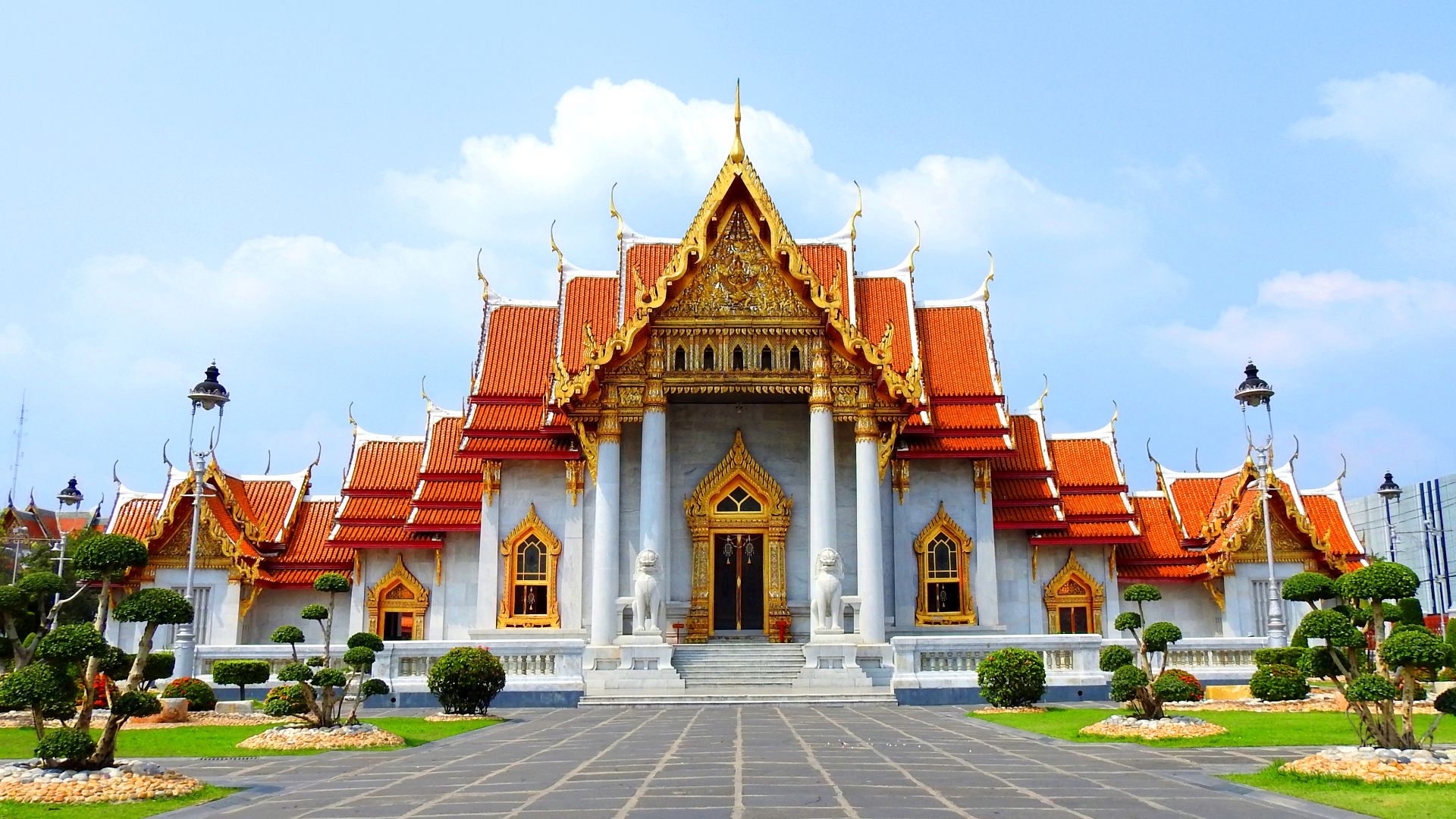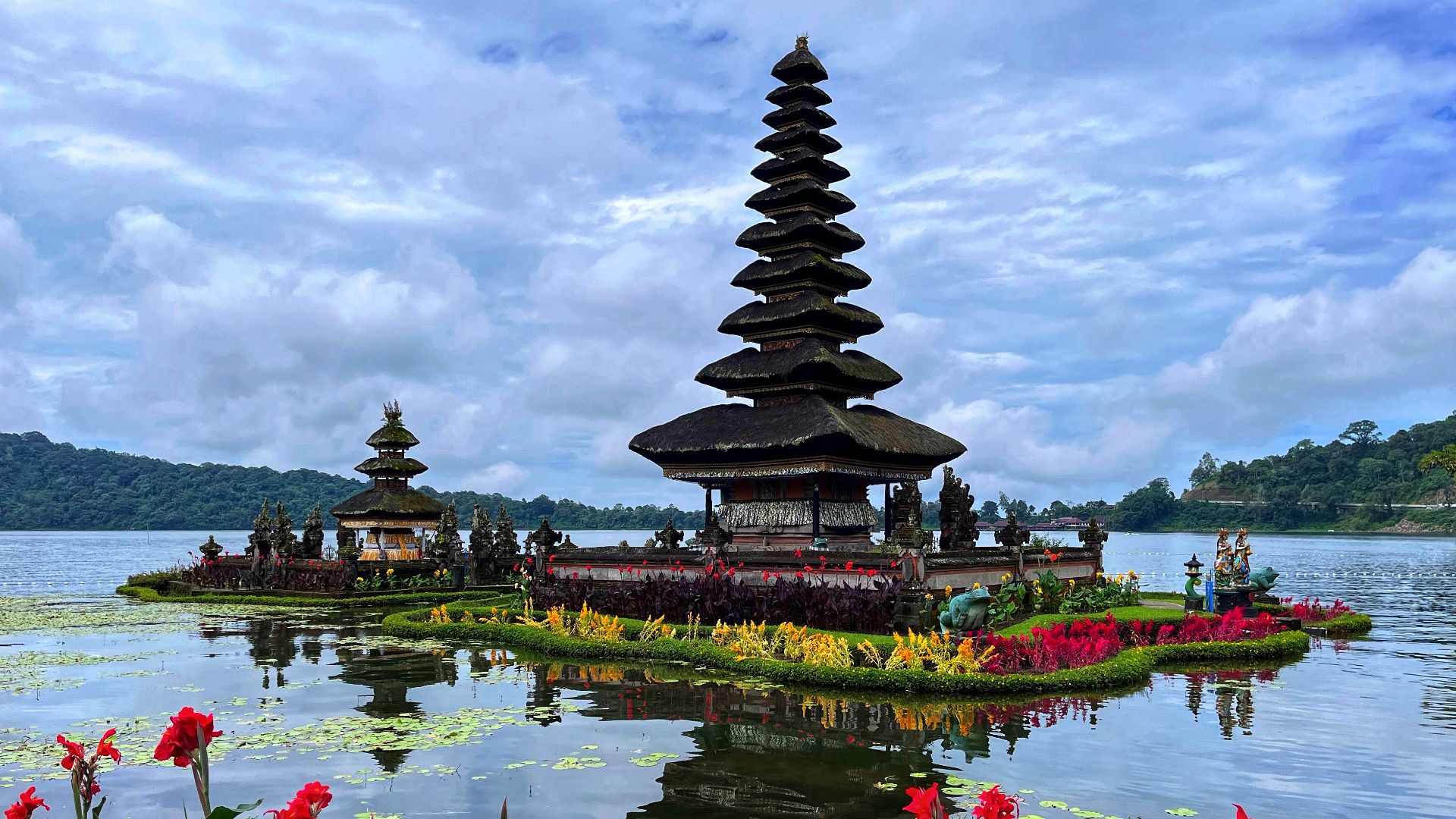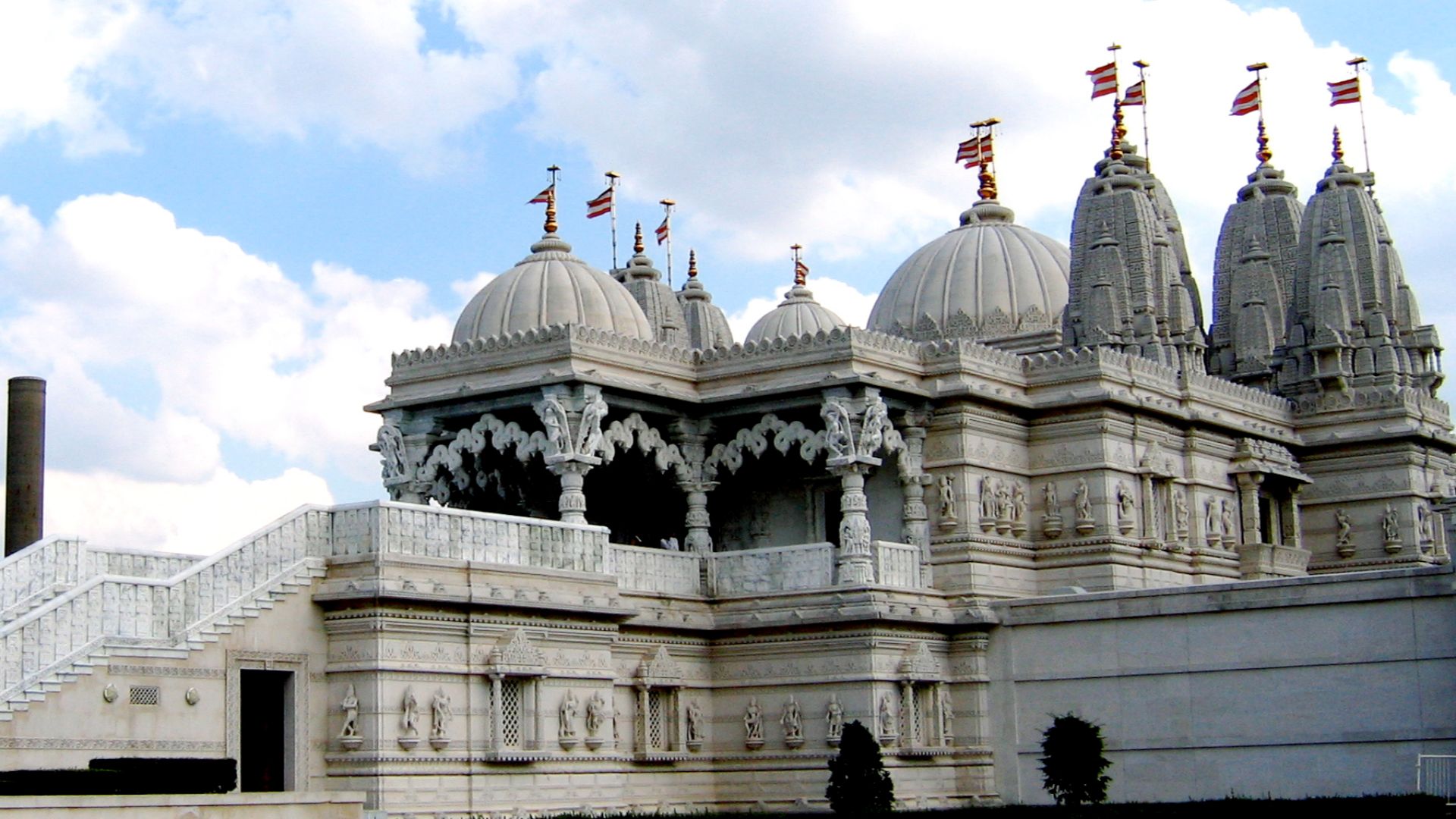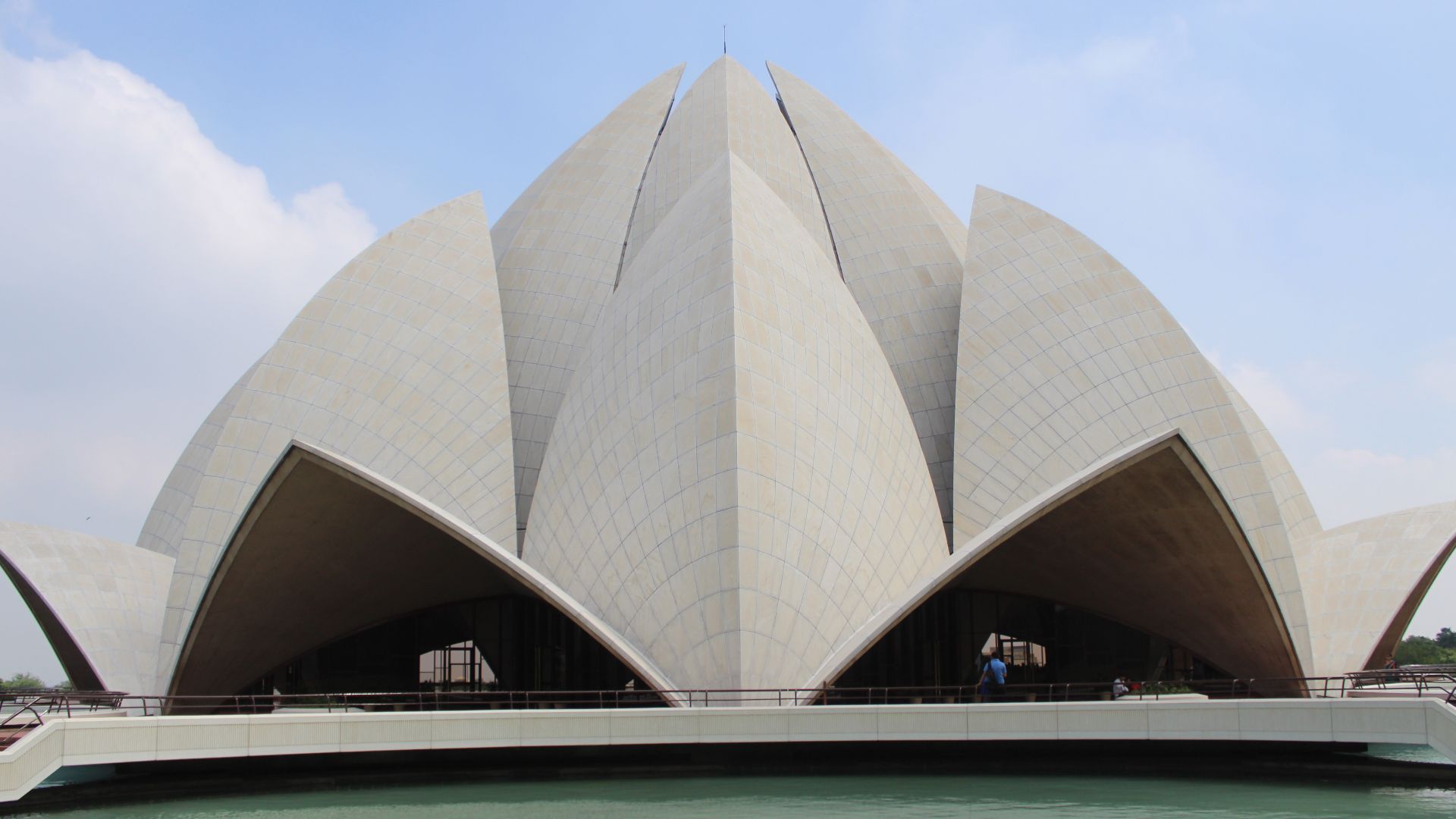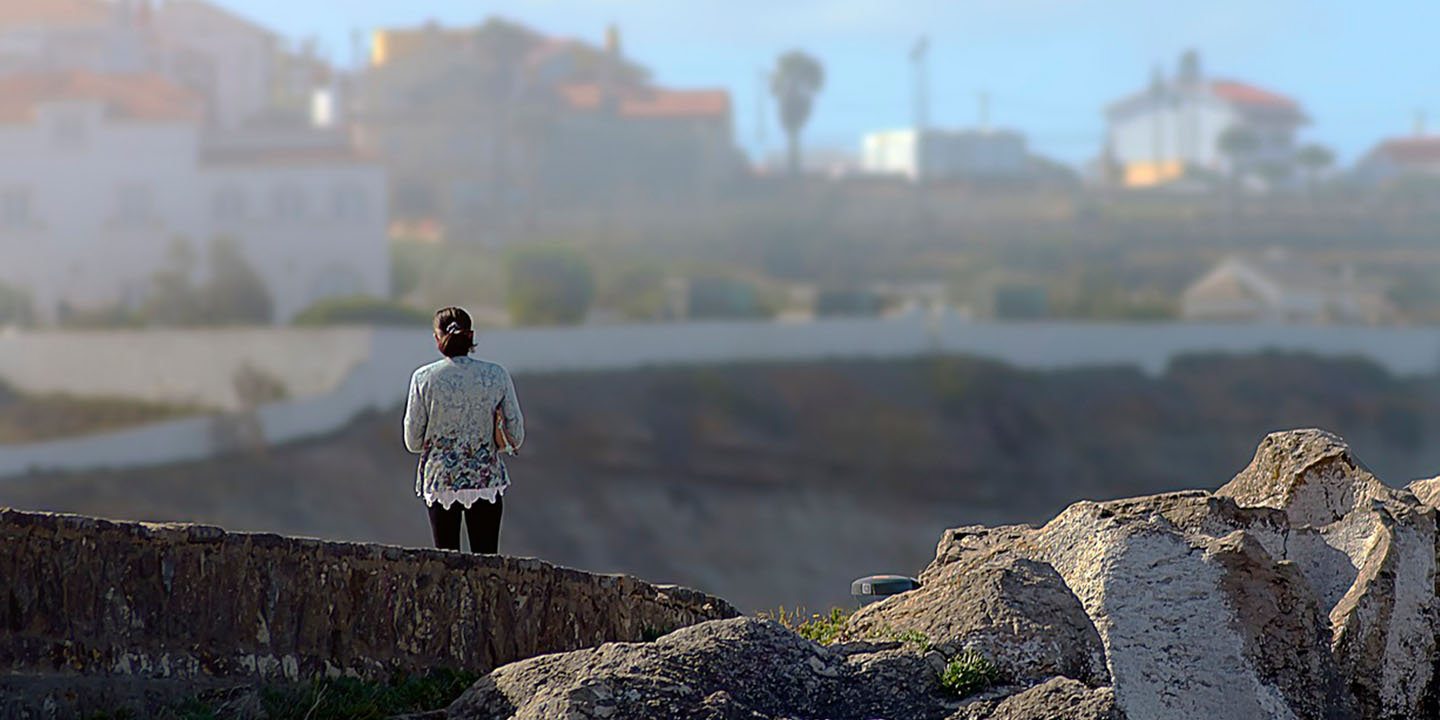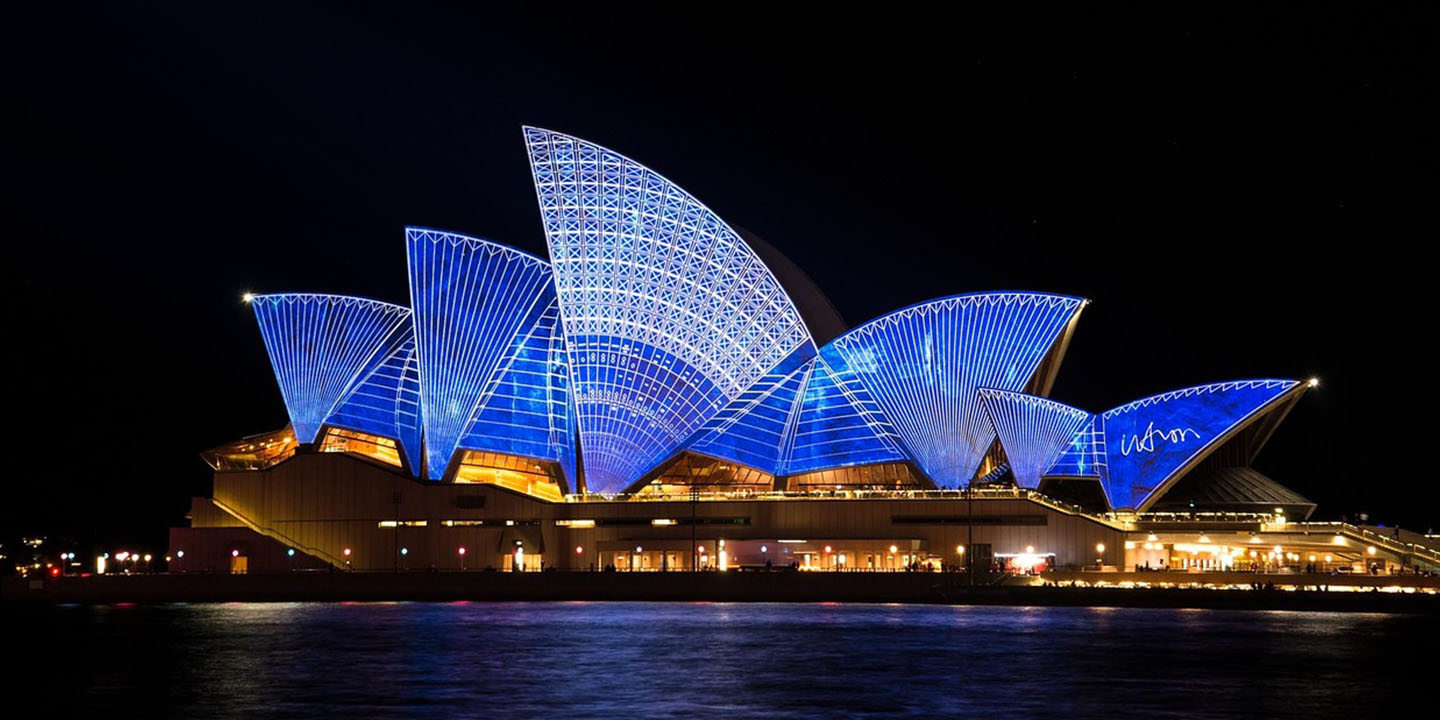Unforgettable Stops On A Spiritual Journey
You don’t feel lost, yet somehow, it feels like you’ve finally arrived. Turning a corner, a sense of relief washes over you, and your shoulders instantly relax. These temples weren't built for Instagram. They were built for being. And being there, even for a moment, sticks with you. Ready to see which ones truly leave a mark? Let's dive in!
1. Angkor Wat, Cambodia
Angkor Wat was built to represent the universe itself. Rising from Cambodia's flat plains, its five lotus-shaped towers echo Mount Meru. The outer galleries hold nearly half a mile of intricate bas-reliefs to capture epic Hindu stories in stone with remarkable artistic and symbolic depth.
2. Shwedagon Pagoda, Myanmar
At sunset, locals gather barefoot around the base and walk clockwise as prayers rise in whispers. Shwedagon Pagoda's stupa is layered in gold and crowned with a 76-carat diamond. For 2,500 years, it has anchored Yangon's skyline and spiritual life.
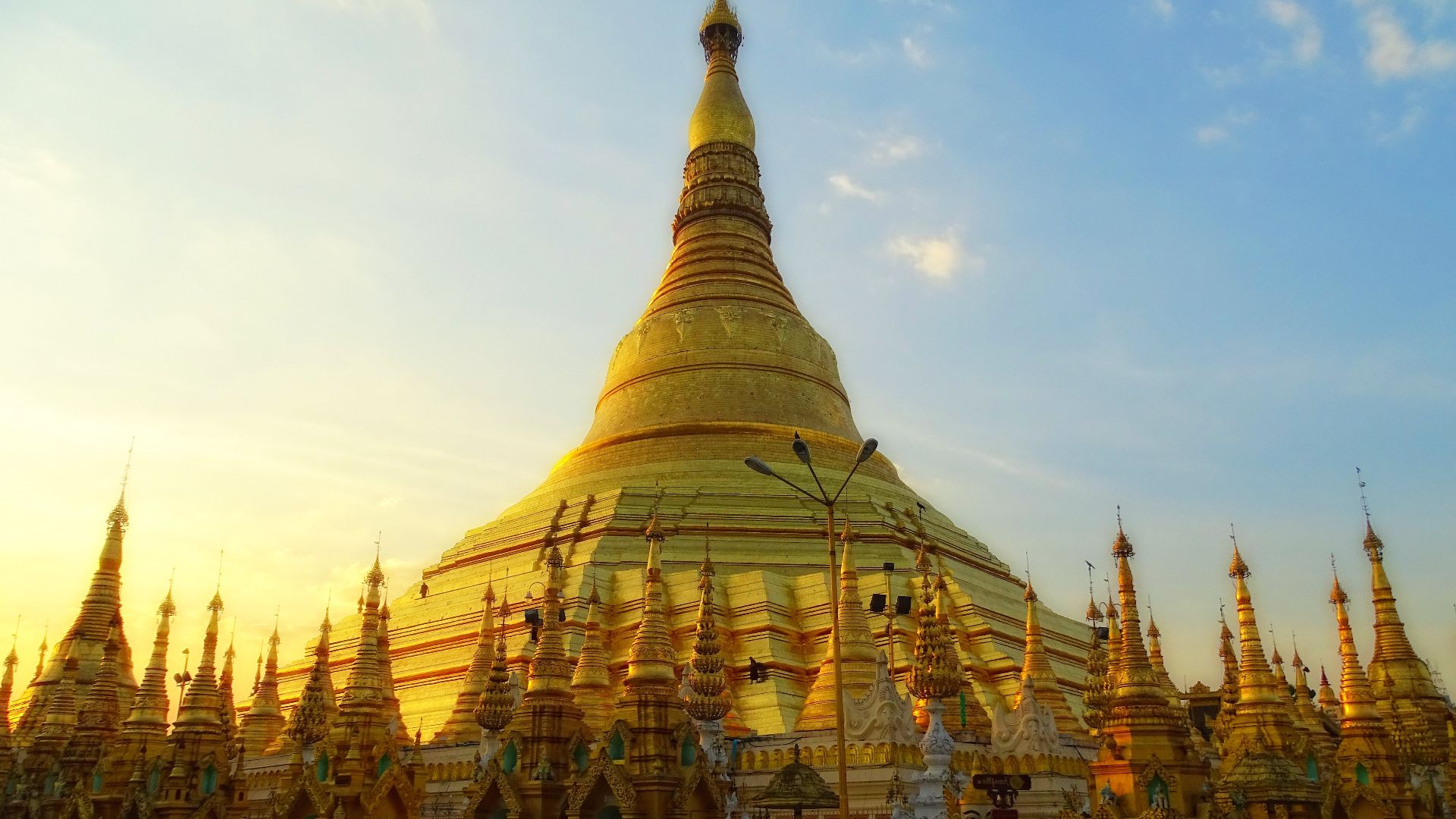 Bjørn Christian Tørrissen on Wikimedia
Bjørn Christian Tørrissen on Wikimedia
3. Wat Rong Khun, Thailand
Designed by artist Chalermchai Kositpipat in 1997, it reinvents Buddhist iconography with white plaster and haunting sculptures. Walking on its bridge feels like crossing into another realm that blends contemporary art with cosmic metaphors and deep-rooted spiritual themes in every detail.
4. Temple Of Heaven, China
Symmetry rules here, but so does symbolism. The Temple of Heaven complex was where emperors once prayed for good harvests. Its round Hall of Prayer reflects ancient beliefs about heaven and earth. Built in the 15th century, its design influenced Chinese architecture for generations.
5. Kinkaku-Ji, Japan
Gold glints off every ripple in the pond. Set in Kyoto's northern hills, Kinkaku-ji is poetic. Originally a retirement villa, it became a Zen temple in 1408. Though rebuilt in 1955 after arson, its gold-leafed upper stories and still surroundings preserve the spirit of wabi-sabi elegance.
6. Sri Ranganathaswamy Temple, India
The sheer scale of this temple isn't its only marvel. Located in Srirangam, it serves as a major pilgrimage site for Vaishnavites and has functioned continuously for centuries. Towering gopurams covered in vivid sculptures narrate layers of myth and dynastic history across the temple’s 156-acre sprawl.
7. Borobudur Temple, Indonesia
Borobudur's layout uses nine stacked platforms to form a mandala. Constructed in the 9th century from volcanic stone, it holds over 2,500 intricate relief panels and hundreds of Buddha statues. The place is a global symbol of Buddhist art.
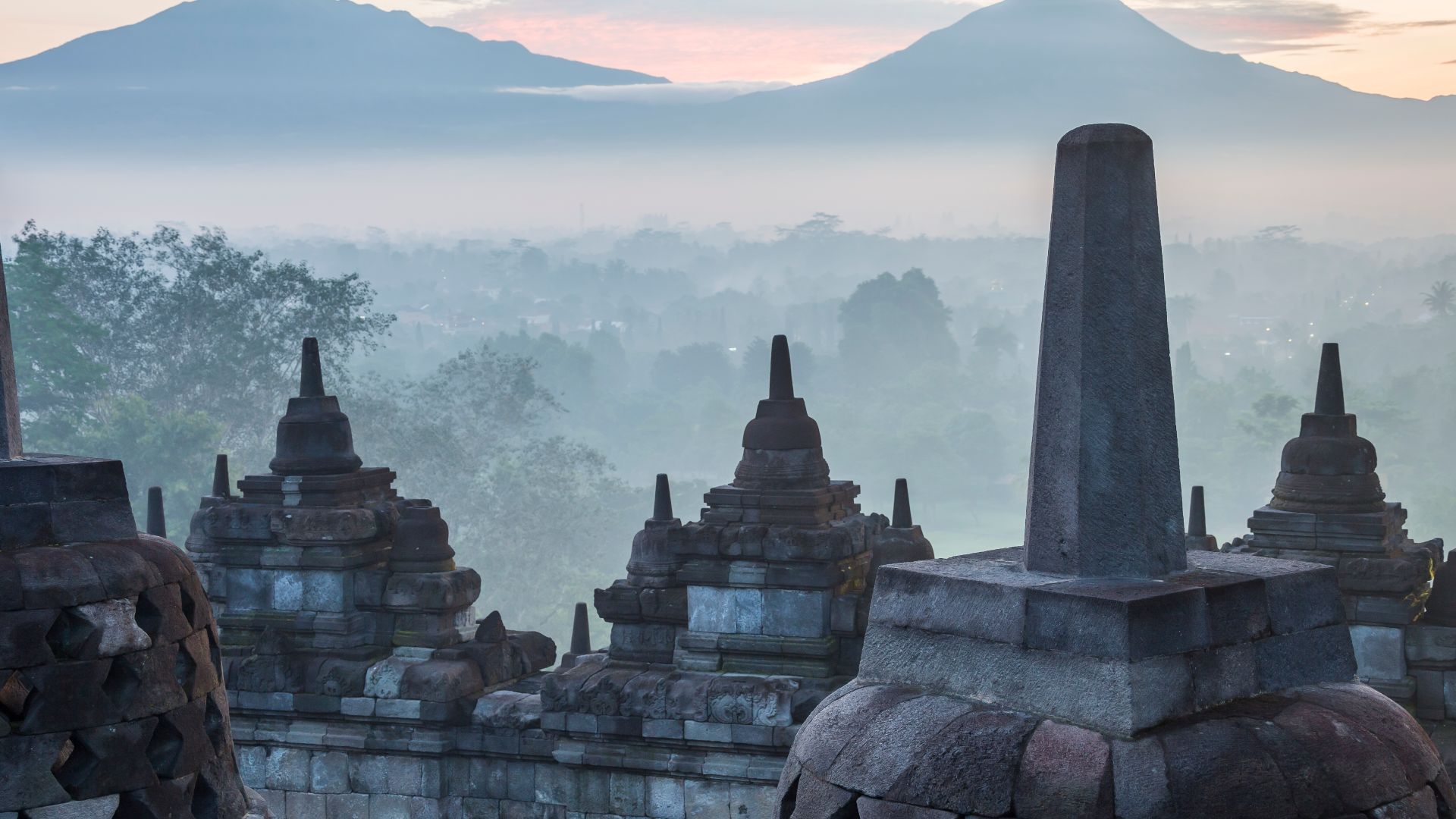 CEphoto, Uwe Aranas on Wikimedia
CEphoto, Uwe Aranas on Wikimedia
8. Paro Taktsang, Bhutan
There's no road, only a winding trail and prayer flags. This monastery clings to a cliff 10,240 feet above the Paro Valley. Legend says Guru Padmasambhava flew here on a tigress to meditate. Despite a fire in 1998, its spiritual presence remains intact and revered.
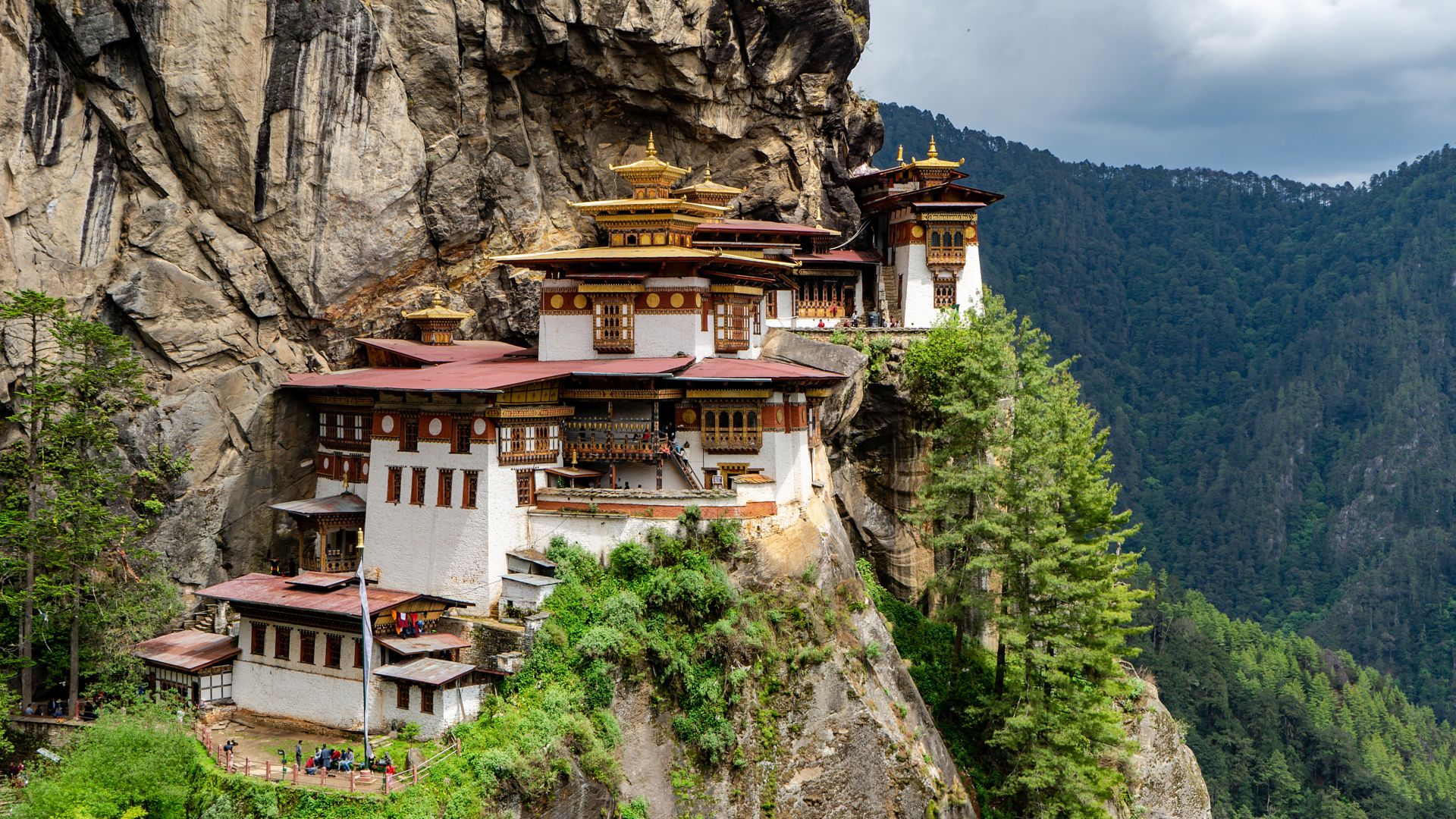 Original: Nina R from Africa Derivative work: UnpetitproleX on Wikimedia
Original: Nina R from Africa Derivative work: UnpetitproleX on Wikimedia
9. Meenakshi Temple, India
Festival drums echo through the streets of Madurai as this temple bursts with sound and color. Dedicated to Meenakshi and Sundareswarar, it stands as a cultural icon of southern India. The thousand-pillared hall forms a maze of stone that is both sacred and functional.
10. Tanah Lot Temple, Indonesia
Waves surround this temple perched on a coastal rock formation in Bali. Presented in the 16th century, it honors the sea god Dewa Baruna. At high tide, it becomes an island. Sunset visitors witness a spiritual rhythm that changes with the tide and tradition.
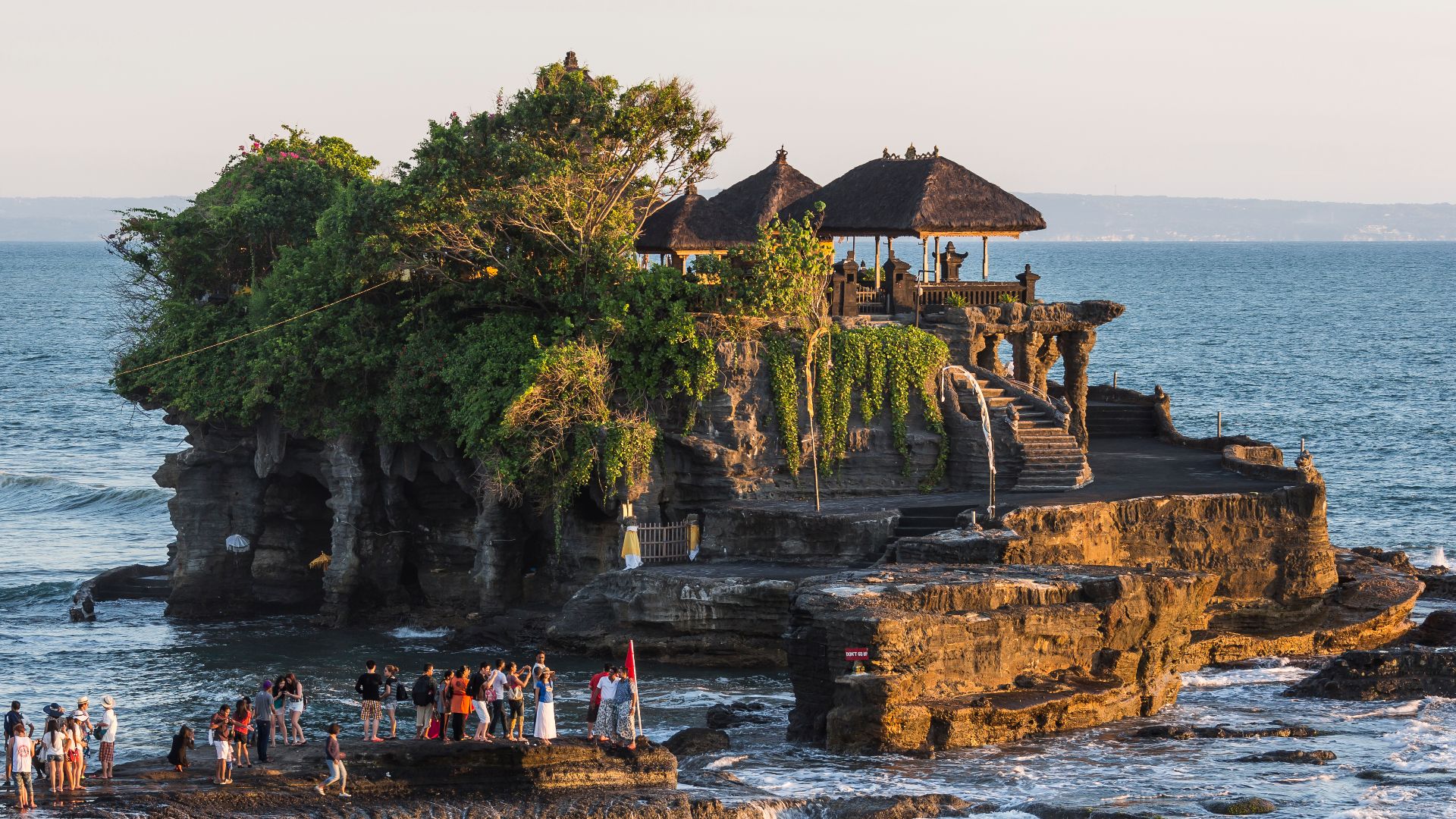 CEphoto, Uwe Aranas on Wikimedia
CEphoto, Uwe Aranas on Wikimedia
11. Temple Of The Emerald Buddha, Thailand
Visitors to Bangkok's Grand Palace will find a quiet chamber guarded by centuries of tradition. The temple holds a Buddha image carved from jade, seated atop a gilded altar. Only the Thai King is allowed to change the figure's ceremonial robes.
12. Jokhang Temple, Tibet
The scent of butter lamps fills the air as pilgrims bow low on Lhasa's stone streets. Jokhang Temple houses the Jowo Rinpoche, a revered statue of Buddha. For Tibetan Buddhists, this temple is the spiritual center of their cultural identity.
13. Harmandir Sahib, India
Water surrounds its marble base while sacred verses echo from inside. Harmandir Sahib in Amritsar welcomes everyone and offers langar meals prepared by volunteers that are served in silence. The temple's message of humility and service leaves a lasting impression on every visitor.
14. Byodo-In Temple, Japan
Built in 1053 as a retreat for Fujiwara nobility, Byodo-In later became a Pure Land Buddhist temple. Its Phoenix Hall appears to float above a reflective pond to create a perfect mirror of balance and symmetry. This design symbolizes paradise, a place beyond suffering.
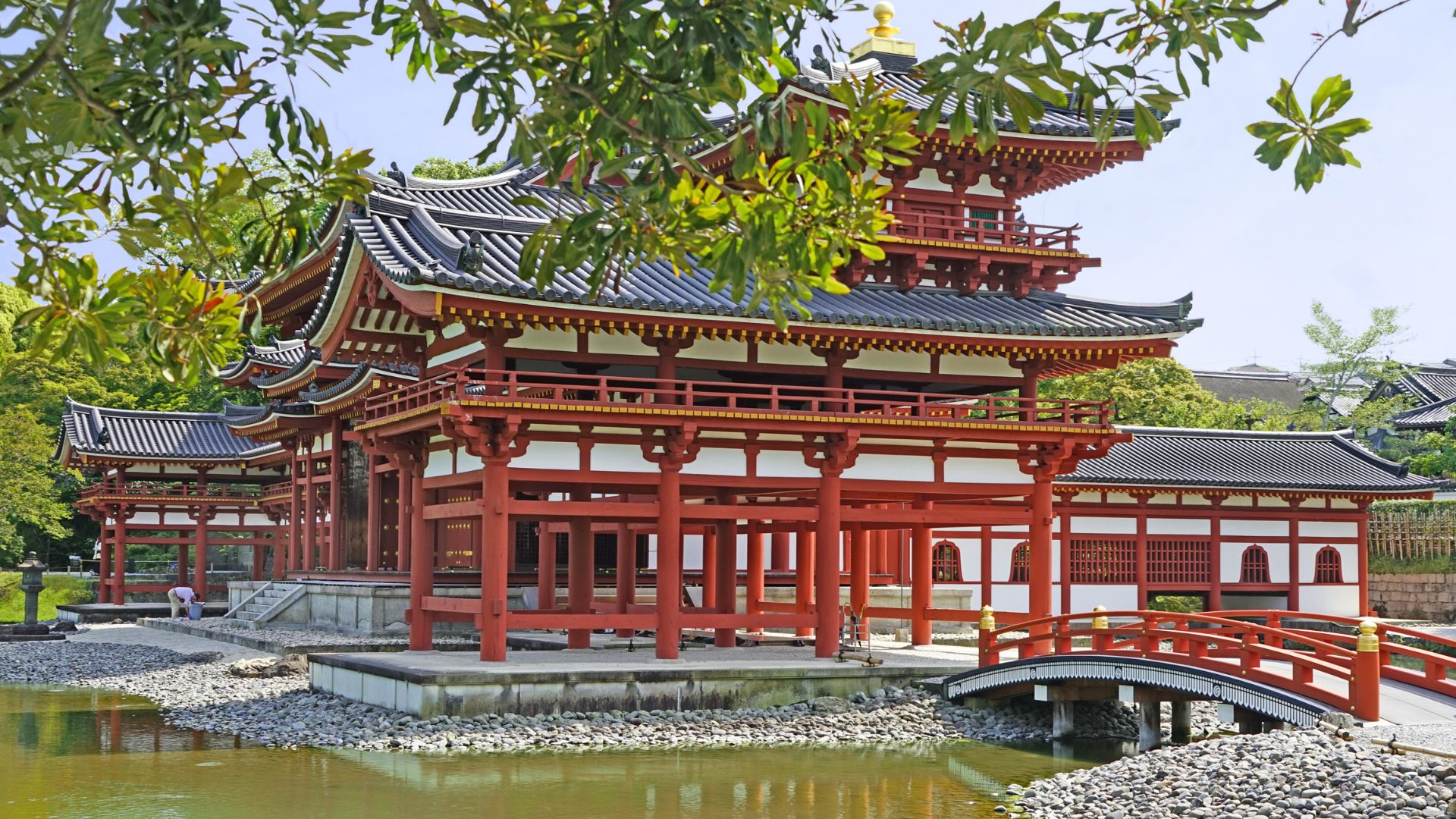 Jean-Pierre Dalbéra from Paris, France on Wikimedia
Jean-Pierre Dalbéra from Paris, France on Wikimedia
15. Todai-Ji Temple, Japan
In Nara's forested heart stands a wooden structure that once defined architectural ambition. Todai-ji was presented in the 8th century to house a giant bronze Buddha, cast over several years. Surrounding halls and guardian statues offer scale, but the craftsmanship inside is what truly holds attention.
16. Wat Benchamabophit, Thailand
Here, morning light filters through marble columns as monks pass in orange robes. Completed in 1911 during King Chulalongkorn's reign, the temple's clean lines reflect European influence fused with Thai ornamentation. Beyond its symmetry, it remains an active site of devotion.
17. Golden Temple Of Dambulla, Sri Lanka
Dambulla's five caves lie beneath a towering rock, each filled with frescoes and Buddha statues that trace over two millennia of faith. Murals stretch across ceilings in faded reds and ochres. Pilgrims climb barefoot through stone corridors, drawn by the intimacy of enclosed devotion.
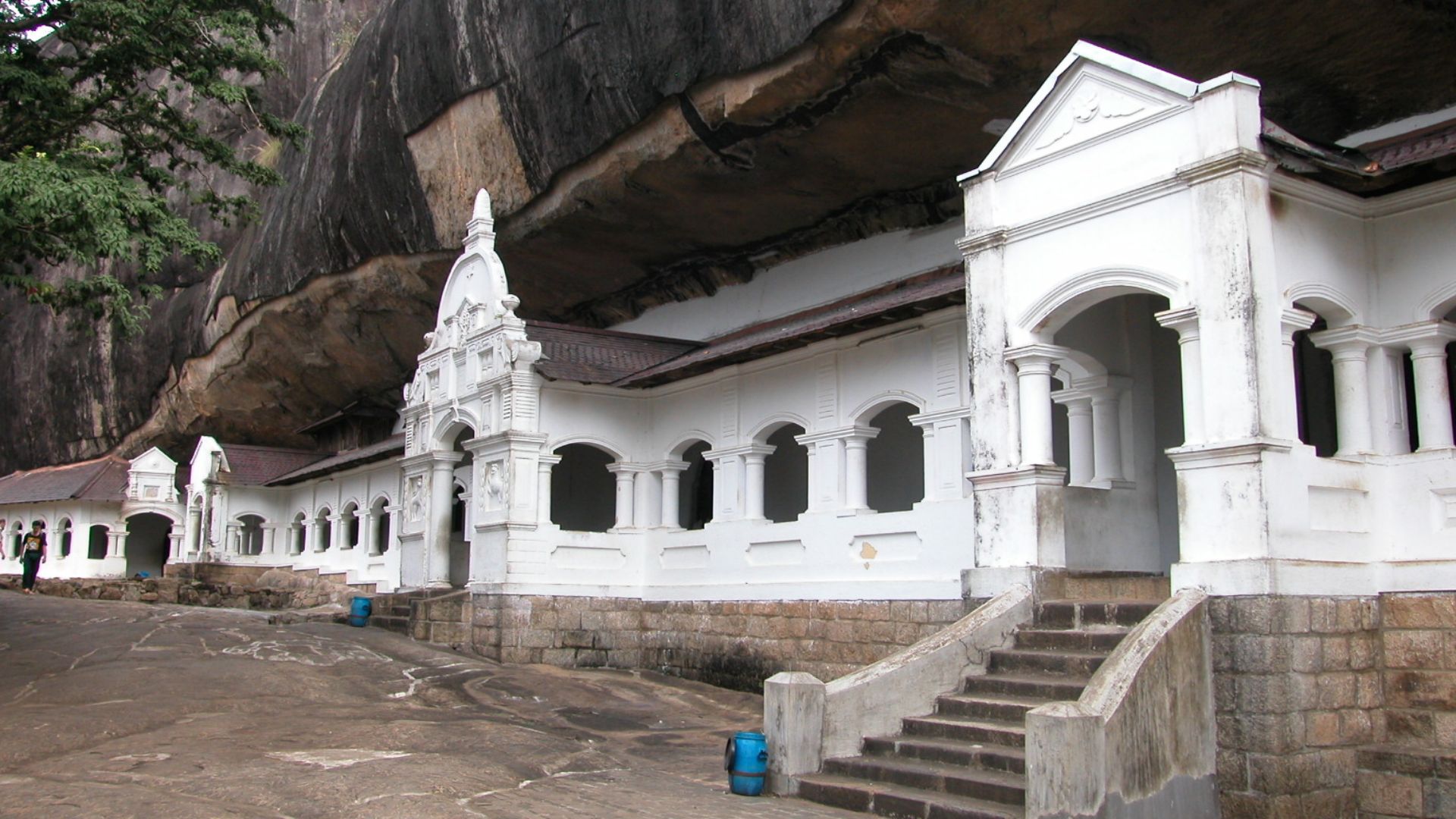 Giovanni Boccardi on Wikimedia
Giovanni Boccardi on Wikimedia
18. Pura Ulun Danu Bratan, Indonesia
On misty mornings, the temple's black thatched roofs appear to hover above Lake Bratan. Constructed in the 17th century, this Balinese water temple honors Dewi Danu (the goddess of lakes and rivers). Its surroundings shift with the seasons, offering a constantly changing reflection of nature's presence.
19. BAPS Shri Swaminarayan Mandir, UK
Set in suburban London, this temple brings traditional Indian stonework into a new cultural scenery. Every pillar was hand-carved in India before being assembled without steel on British soil. Completed in 1995, it now hosts community events and daily rituals.
20. Lotus Temple, India
Located in Delhi and completed in 1986, the Bahaʼi temple is shaped like a lotus unfolding in white marble. Open to all beliefs, it offers no altars or imagery. Visitors sit in stillness, surrounded by architecture that asks for nothing but attention and presence.


